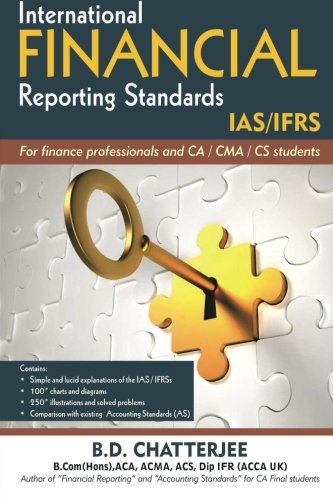Question
Put-Call Parity Case Study The put option of Joe Inc. is currently trading at $2.50 while the call option premium is $7.50. Both the put
Put-Call Parity Case Study
The put option of Joe Inc. is currently trading at $2.50 while the call option premium is $7.50. Both the put and the call have an exercise price of $25. Joe Inc. stock is currently trading at $32.25 and the risk free rate is 3%. The options will expire in one month.
I. An investor applies a protective put strategy by buying the put option of Joe Inc. to protect his holding of the companys stock. This strategy creates a portfolio of long stock and long put, which provides a payoff of unlimited upside potential with a limited loss. This is similar to buying a call option (i.e., a long call position) of Joe Inc. that also provides unlimited upside profit potential with a limited loss (the maximum loss will be the option premium paid).
Investigate the profit/loss possibilities at options expiration for the protective put portfolio vs. the long call position. For example, if the stock price is $14 when options expire, stocks profit/loss will be $l4 - $32.25 = - $18.25 (i.e., a loss), long put options profit/loss will be $25 - $14 - $2.5 = $8.5 (i.e., a profit), and long call options profit/loss will be $0 - $7.5 = - $7.5 (i.e., a loss). Thus, a protective-put portfolio of long stock and long put will incur portfolios profit/loss of
- $18.25 + $8.5 = - $9.75, while the long call position will suffer - $7.5 loss. These profits/losses are entered in the following table for the Stock Price = 14.00. Complete the following table for different stock prices other than $14. (In this exercise, ignore the interest costs on capital.)
| Stock Price | Without Considering Interest Costs |
| ||||
| When Options Expire | Protective-Put Portfolio | Long Call | ||||
|
|
|
| (Profit/Loss) |
| Call Option Profit/Loss | |
|
| $ | Stock Profit/Loss (1 ) | Put Option Profit/Loss (2) | Portfolio Profit/Loss (3) = (1) + (2) | (4) | |
|
| 14.00 | -18.25 | 8.5 | -18.25+8.5 = -9.75 | -9.75 | |
|
| 17.10 |
|
|
|
| |
|
| 20.30 |
|
|
|
| |
|
| 23.50 |
|
|
|
| |
|
| 25.00 (strike) |
|
|
|
| |
|
| 26.70 |
|
|
|
| |
|
| 29.90 |
|
|
|
| |
|
| 32.50 |
|
|
|
| |
|
| 35.70 |
|
|
|
| |
|
| 38.90 |
|
|
|
| |
|
| 42.00 |
|
|
|
| |
II. In the previous exercise, the interest costs for capital are ignored. Now consider the interest costs for capital.
1. How much capital is needed to form a protective-put portfolio with 1,000 shares of stocks and ten long put contracts?
2. How much capital is needed to buy/long ten call contracts (assume the call premium is $9.75)?
3. Calculate the difference of capital requirements between 1. (i.e., the protective-put portfolio) and 2. (i.e., the long-call position). If the interest rate on capital is 3% a year, what will be the difference in interest costs between the protective-put portfolio and the long call position? (Hint: the options will expire in one month. Options expiration time will be used for any comparison of different investment strategies that involve options.)
4. From the difference in interest costs between the protective-put portfolio and the long call position, explain why the call premium should be $9.81 (assume the put premium is correctly priced at $2.50).
5. Verify that the correct premium for the call is $9.81 with the put-call parity relationship.
6. If the call premium is $7.5, instead of its parity price of $9.81, and the put premium is $2.5, show how to take an arbitrage opportunity by trading 1,000 shares of stocks (hint: long or sell short?) with 10 contracts of puts (hint: long or short position?) and 10 contracts of calls (hint: long or short position?). (To do this question, you have to study and fully understand the Put-Call Parity Relationship and
Step by Step Solution
There are 3 Steps involved in it
Step: 1

Get Instant Access to Expert-Tailored Solutions
See step-by-step solutions with expert insights and AI powered tools for academic success
Step: 2

Step: 3

Ace Your Homework with AI
Get the answers you need in no time with our AI-driven, step-by-step assistance
Get Started


